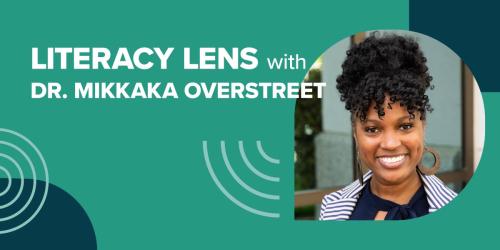School Suspensions Target Vulnerable Students and Don’t Improve Safety

A new report on school suspensions based on data from Chicago Public Schools shows that not only are students of color held out of class at a high rate even as overall suspensions are decreasing but also that as schools reduced suspensions, rates of unsafe behavior decreased and students reported feeling safer.
Researcher David Stevens served as one of the coauthors of the report published by the University of Chicago Consortium on Chicago School Research (CCSR) on March 19. Citing national studies, Stevens points to several negative effects of suspensions on students apart from missing class time that include an increased risk of dropping out and getting arrested—and that the kids who are most vulnerable, including students of color, special education students, and gay and lesbian students, get singled out the most often.
Since beginning the Culture of Calm Initiative that provided more restorative justice and counseling programs for students in Chicago Public Schools in 2009, the district has seen out-of-school suspension rates drop consistently. However, over that period, the rate of in-school suspension doubled for black students while remaining steady for all other groups.
Stevens suggests the negative impact suspensions also have on the greater school community. “Too often suspensions happen because of perceived acts of defiance against teachers, and in many cases, schools use suspensions not to maintain safety but to maintain the authority of adults in the building,” he says. “Schools can reduce suspensions and improve students’ perception of safety and order.”
You can learn more about the report data and findings in an article published by the Chicago Sun-Times.



